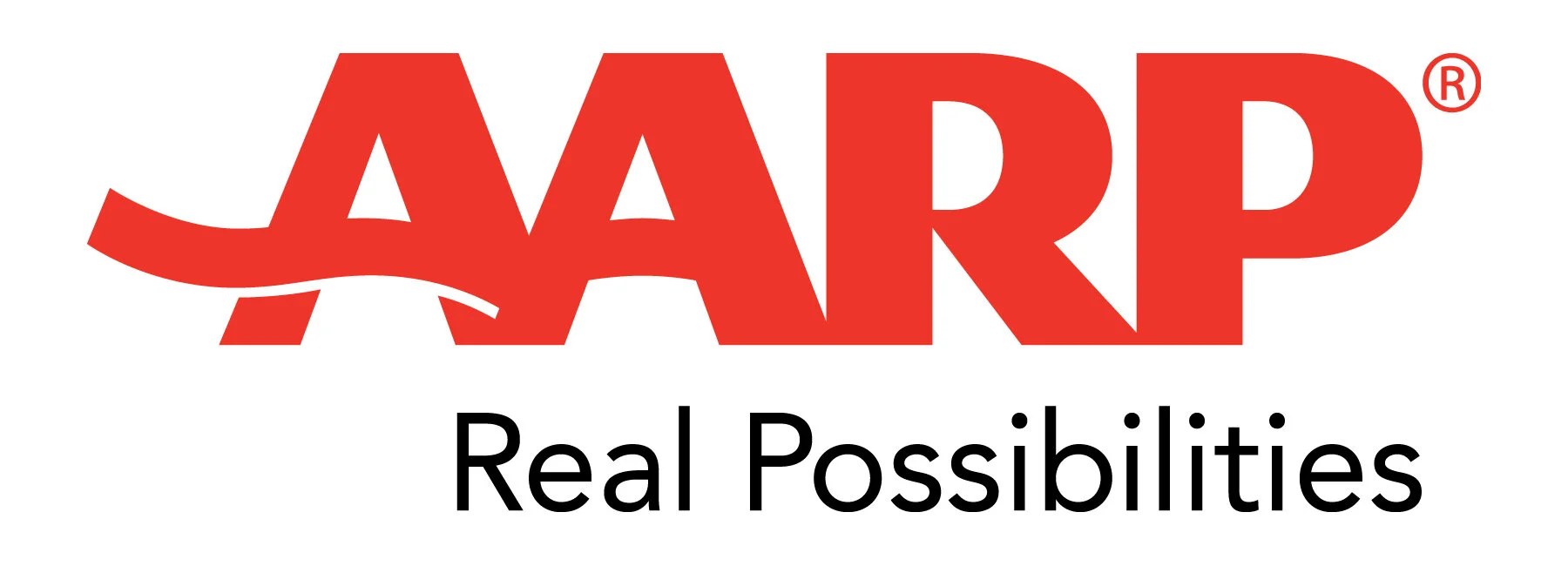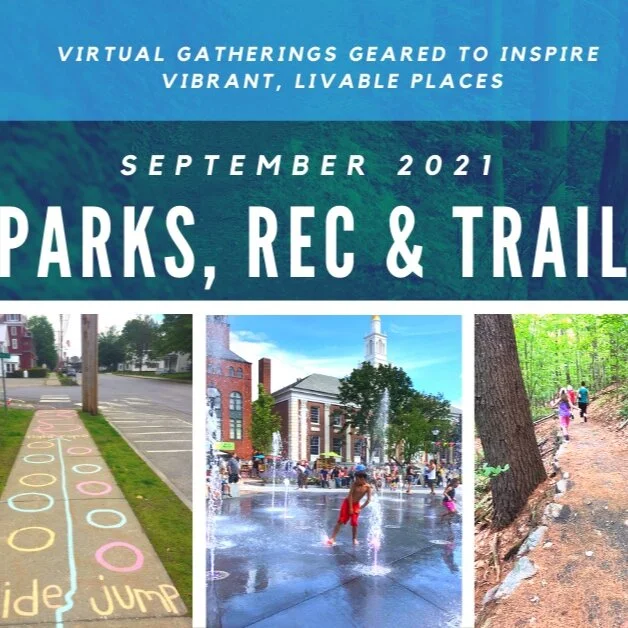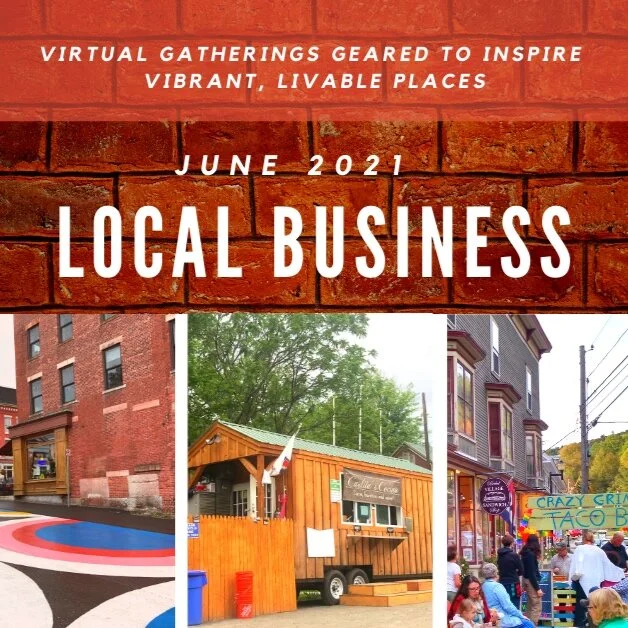How-To: Create a Community Lending Library
/Image reposted from lncs.pta / Instagram
LENDING LIBRARIES
Create a free community lending library to let people freely lend and exchange tools, seeds, sleds or snowshoes, books, cooking equipment, games, and more.
What’s a lending library?
Nearly every community has a traditional library, but why stop at loaning out books? Community lending libraries are helping neighbors lend and share all sorts of items, from seeds and cooking equipment to sports gear and tools. They take many shapes and forms, from the common Little Free Libraries you see on streets and in neighborhoods to more formalized libraries that lend items other than books. Just like regular libraries, lending libraries have many benefits — decreasing consumption, helping people access tools and supplies for free, and building community.
Materials
The materials you’ll need will depend on the type of library you plan to create, but the basics are the same.
Tool Lending Library at the Fletcher Free Library in Burlington, Vermont (Image by Johinsa, Wikimedia Commons)
Items to lend or give away (tools, seeds, books, cooking equipment, sports gear, sleds, art supplies, games or puzzles… you name it!)
A storage space (small shed or rack, or space within an existing building)
Signage
Steps
1. CHOOSE A FOCUS. The first decision you need to make is probably the biggest. What do you plan to lend or share, and how do you want to do it?
There are two main options for most community lending libraries.
Little Free Libraries are small, informal, and unattended. Typical Little Free Libraries (small boxes to exchange books) are everywhere these days, set up in neighborhoods, parks, and on front lawns. People are adapting the model to share and exchange other things — sleds (Little Free Sled Libraries), food and necessities (Little Free Pantries), sports gear and more. This model is ideal if you want to create a place for people to exchange low-value items as easily as possible: anyone passing by can take or leave an item.
Formal Lending Libraries operate more like typical libraries, and often operate out of standard community libraries. They maintain an inventory, and borrowers must check out and return equipment in good condition. This is a good option for higher-value items, or equipment that might be damaged if left outdoors. The downside is that someone must staff it. Tool libraries are most common, but “Libraries of Things” include many different types of objects.
2. FIND A SITE AND GET PERMISSION. Next you’ll need a host site. If you’re planning an outdoor Little Free Library, then you can either place it on your own property or seek permission to place one at another site like a park, school grounds, town common, or local business. In either case, check local zoning regulations to be sure it’s allowed. If you’re planning an indoor library with checkout procedures, your best bet is to team up with an existing library, small business or community organization. If you can find a site that is open to the public and has regular staffing, that will make management much easier. Keep in mind a few general qualities of good sites:
Public. Aim for a site that is in or near a public space, which will make it easier for people to find and learn about the library. If you are planning an unattended library, then more activity and foot traffic will help deter vandalism.
Accessible. Look for sites that are easy for people to access. That means physical accessibility (near parking spaces, on flat ground or in accessible buildings). It also means sites that are open and available to people most of the time.
Relevant. Aim for a site that relates to the focus of your library. If you want to led snowshoes or skates, place a library near a skating rink or trails. If you want to lend garden equipment or seeds, place it near a community garden.
3. CREATE A PLAN. Before you start gathering equipment, you need to make a plan. It’s best to do that with a team — the owner or manager of the site you choose, and any volunteers who will help you manage it. Here are some critical things to think about. Don’t reinvent the wheel — there are many examples of lending libraries around the world. Take a look at their websites or read up and find out how they operate.
Space and setup. How much space is available, and where? What kind of display or storage will you need, and how can it be mounted or installed? How much equipment can you handle?
Borrowing policy. Do you expect borrowers to return items or may they keep them? If it’s just a loan, how do they check something out and how long may they keep it?
Lending policy. Will you be asking neighbors to lend or donate items? May people simply leave off an item, or do you want a formal process? Do you need funding to purchase items, or will you put out a request for donations?
Safety and liability. If you’re lending anything with a potential safety risk (tools, sports equipment), how will you check for damage or hazards? Consider a liability waiver or insurance, and be sure to discuss this with the site owner.
Staffing and management. If your library will have formal hours and checkout procedures, who will staff it? If your library is unattended, who will check up on it and maintain as needed? You may want to recruit a roster of volunteers ahead of time and set a schedule.
PRO TIP: It’s worth actually writing up a plan and policies, just so you and the site owner or team members are clear. The world’s first major Library of Things is SHARE: Frome in England. Check out their site for detailed policies, explanations of how they operate, and even sample forms and policies.
Seed libraries are common in many public libraries, like this one in Keene, NH. Patrons can take seeds in spring to plant. Then they harvest seeds from mature plants in fall and bring them back, for more people to take in spring.
4. GATHER EQUIPMENT. With a clear plan in place, you’re ready to start gathering some things. You may be able to “seed” your library just by cleaning out the garage or hitting up a yard sale. Try posting a message to a community listserve or forum, asking for donations. You don’t need to have a full inventory in place just to launch; if you set up a library with some equipment and spread the word, other people will probably be glad to contribute. You can also post or publicize a wish list and see who else can help. Once you’ve gathered items, be sure to clean and inspect them for damage.
Pro tip: if you’re lending gear (like power tools, sports equipment or electronics) that could pose a safety hazard, it may be best to spring for new equipment that you know is safe and tested.
5. SET UP YOUR LIBRARY. Now you’re ready to build or set up your library. If you’re planning an outdoor shed or display, you’ll need to buy or build something that will stand up to the weather and protect/corral your items. Try doing an image search to look at more examples and models of what people have done. There are many free plans online for building your own Little Free Library. If your library will be outdoors, be sure that it is stable and safely anchored in place. If your library will be indoors, or part of an existing library, you may simply need some bins or shelves to store and display your items. Work with the site owner to find out how best to set up and showcase your items.
6. CREATE SIGNAGE AND INFO. You’ll need signage to let people know that your library is there — but also to clearly lay out expectations. Print or make signs that label your library, let people know how they can use or share items, and clarify any rules or liability waivers. Be sure to include contact info so that people can get in touch if they’d like to learn more or have a problem. You’ll also want to publicize it — send an article to your local paper, spread the word on social media, or create posters and tear-off fliers to announce it.
7. MONITOR AND ENJOY! Check back often to be sure that your library is working as planned. Especially in the beginning, you’ll want to be sure that it remains stocked, safe, clean, and stable. Remove any damaged items and clean up as needed. If you’re offering seasonal gear like winter sports equipment, be sure to pack it up promptly at the end of the season. Check back in with site owners and your team members on how it’s working, re-evaluate, and make a plan for new changes or expansion.
Links & Resources
Looking for more info or inspiration? Check out these great resources.
Little Library Toolkit from AARP Vermont (PDF)
LittleFreeLibrary.org is home base for the worldwide movement of Little Free Libraries
Local Tools / My Turn is an online platform for managing tool and lending libraries with formal membership and borrowing policies
Tips and best practices for starting a Library of Things from Shareable
Resources and info on starting seed libraries
This resource was developed for Vermont’s monthly Placemaking Meet-Up series — informal gatherings designed to connect placemakers and spread great ideas. Join AARP Vermont & Community Workshop for an upcoming meet-up or check out resources from past events.












It’s the season to get back outside. What better place than our streets?